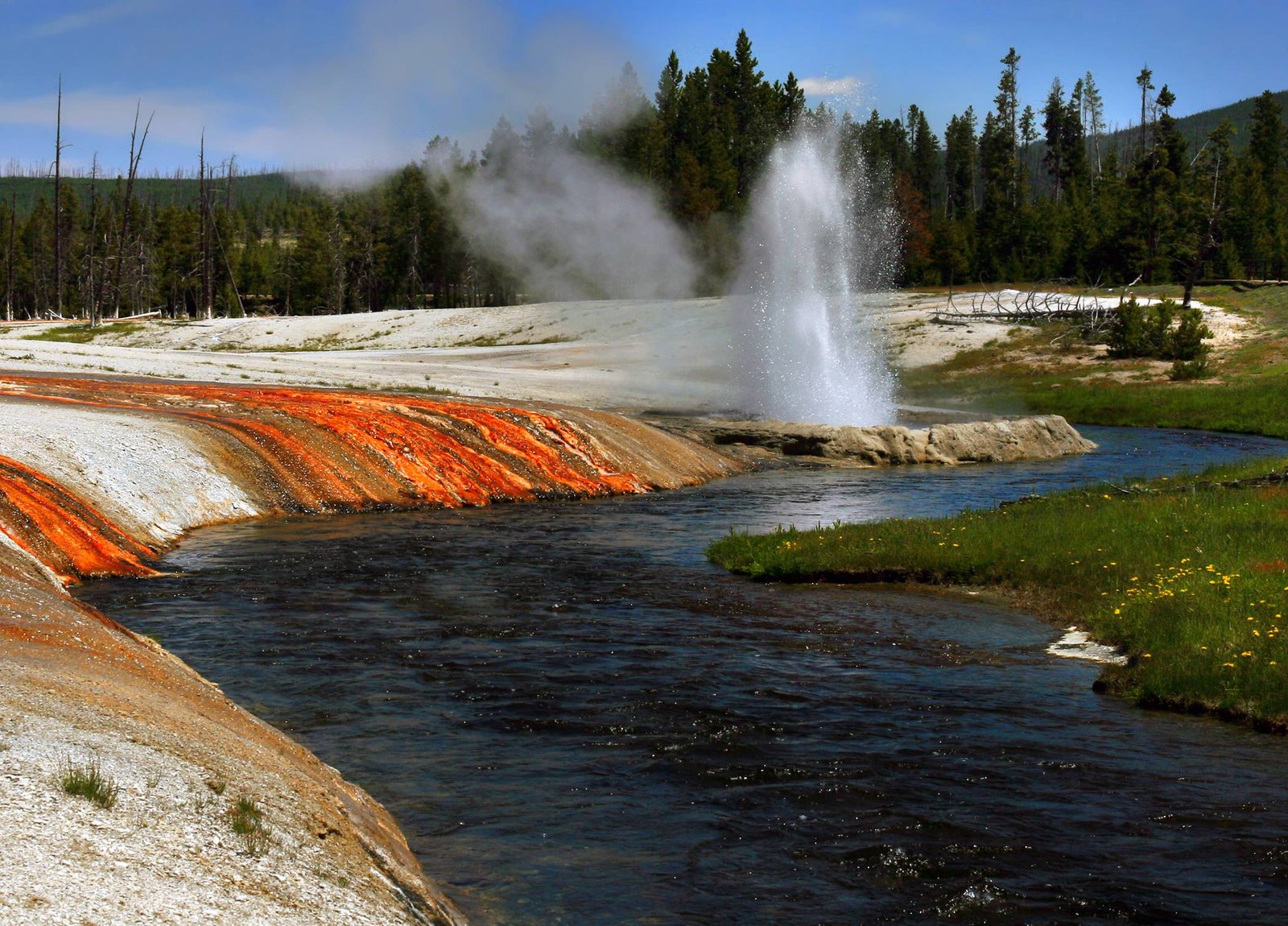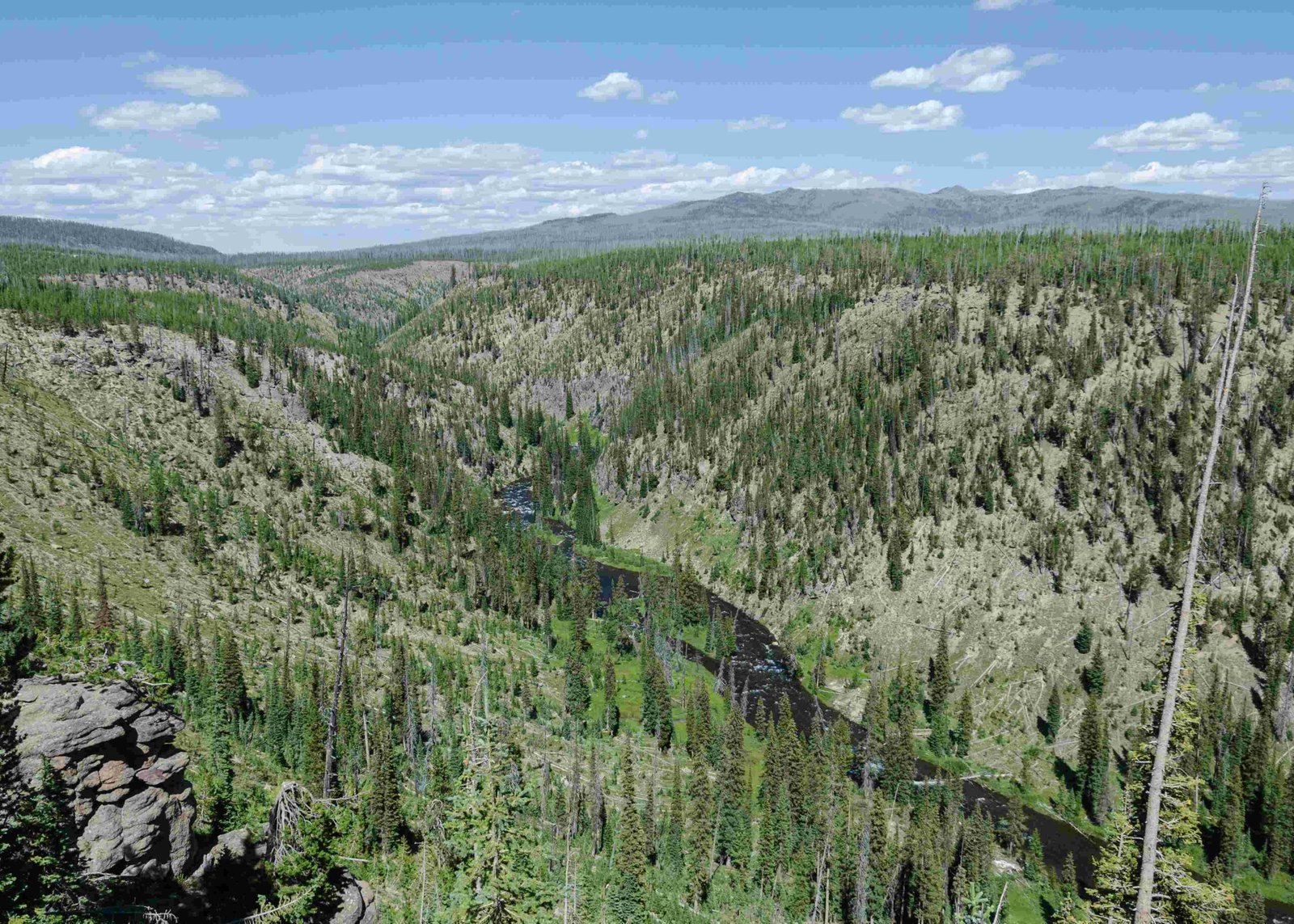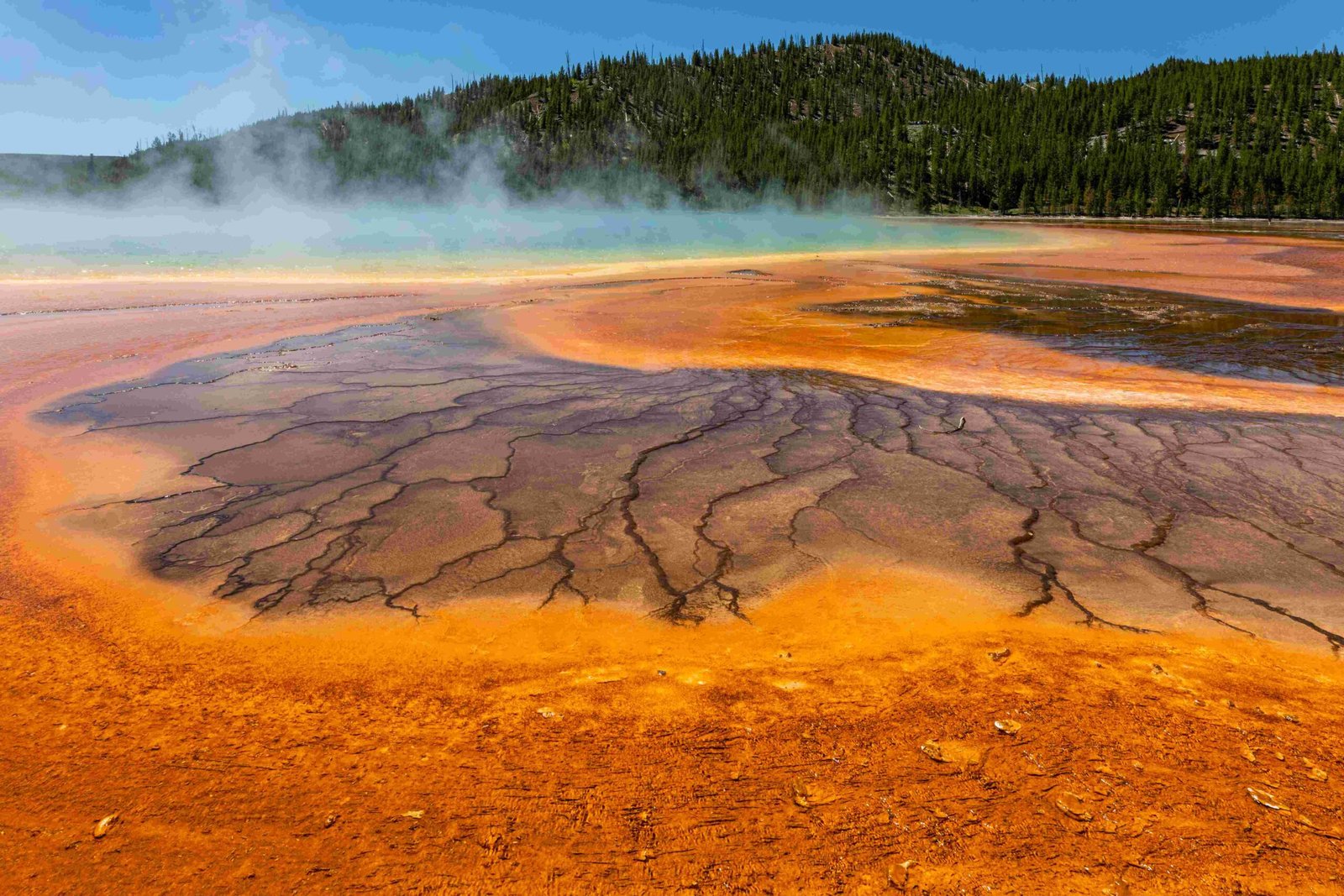The reintroduction of wolves into Yellowstone National Park in 1995 triggered a remarkable ecological transformation. This trophic cascade led to a significant increase in the beaver population, demonstrating the interconnectedness of ecosystems. The presence of wolves reduced elk numbers, allowing willow and aspen to regenerate, which in turn provided beavers with essential food and building materials. This ecological shift resulted in a dramatic increase in beaver colonies, from just one in 1995 to 19 by 2015.
How Did Wolf Reintroduction Impact Beaver Numbers?

The impact of wolf reintroduction on beaver populations in Yellowstone National Park is evident through several key statistics:
- Pre-wolf reintroduction (1995): 1 beaver colony
- 2004: 7 beaver colonies
- 2015: 19 beaver colonies with 4 active dams
Aerial surveys conducted between 1996 and 2009 revealed a significant upward trend:
- 1996: 44 active beaver colonies
- 2007: 127 active beaver colonies
This substantial increase in beaver populations can be directly attributed to the ecological changes set in motion by the reintroduction of wolves.
What Ecological Changes Led to Beaver Population Growth?

The reintroduction of wolves triggered a series of ecological changes that ultimately benefited the beaver population:
- Elk Population Reduction:
- 1995: 17,000 elk
-
2019: 5,800 elk
-
Willow and Aspen Recovery:
- Willow heights increased from ≤52 cm in the 1990s to ≥200 cm by 2017
-
Significant increase in canopy cover over streams
-
Beaver Dam Construction:
- More beaver dams led to altered stream hydrology
- Created ponds, marshes, and new habitats for various species
These changes created a more favorable environment for beavers, providing them with abundant food sources and suitable habitats for dam construction.
How Can Visitors Observe These Ecological Changes?
Yellowstone National Park offers several options for visitors interested in witnessing the effects of wolf reintroduction on beaver populations:
Guided Tours
- Wolf and Wildlife Watching Tours:
- Led by experienced biologists and naturalists
- Duration: Few hours to full-day excursions
-
Cost: $100 to $300 per person (varies by tour operator)
-
Popular Tour Operators:
- Yellowstone Wolf Tracker
- Yellowstone National Park Lodges
- Xanterra Parks & Resorts
Self-Guided Exploration
Visitors can explore the park independently using:
– Park maps
– Guides to locate areas known for beaver activity
– Focus on the Northern Range and streams along Black Deer Creek
What Challenges Might Visitors Face?
When planning to observe the impact of wolf reintroduction on beaver populations, visitors should be aware of:
- Remote Locations:
- Many beaver habitats are in remote areas
- Requires hiking or driving on unpaved roads
-
Prepare for rugged terrain and potential delays
-
Seasonal Access:
- Some areas may be inaccessible during winter
-
Check park updates before planning trips
-
Wildlife Viewing Etiquette:
- Maintain safe distances from wildlife
- Follow park guidelines and regulations
- Prioritize both visitor safety and animal well-being
How Has the Beaver Population Increase Affected the Ecosystem?
The thriving beaver population has had several positive effects on the Yellowstone ecosystem:
- Hydrological Changes:
- Beaver dams even out seasonal water flows
- Increased water storage capacity
-
Creation of cooler, shaded waters beneficial for fish and aquatic species
-
Habitat Diversity:
- Formation of new ponds and marshes
-
Increased habitats for species such as:
- Moose
- Mink
- Herons
- Waterfowl
- Amphibians
-
Riparian Zone Improvement:
- Enhanced willow and aspen growth along waterways
- Increased biodiversity in riparian areas
These changes demonstrate the far-reaching impact of reintroducing a top predator into an ecosystem and highlight the importance of maintaining ecological balance.
What Long-term Effects Are Expected?
The long-term effects of wolf reintroduction and the subsequent increase in beaver populations are expected to include:
- Continued Ecosystem Restoration:
- Further recovery of willow and aspen stands
-
Ongoing improvements in riparian habitats
-
Increased Biodiversity:
- More diverse plant and animal communities
-
Potential return or increase of species dependent on beaver-created habitats
-
Enhanced Ecosystem Resilience:
- Improved ability to withstand environmental stresses
-
Better adaptation to climate change impacts
-
Water Resource Management:
- Improved water retention in the landscape
- Potential mitigation of drought effects
The story of wolves and beavers in Yellowstone serves as a powerful example of how restoring key species can have far-reaching positive impacts on entire ecosystems.
References:
1. https://earth.org/data_visualization/wolves-yellowstone-beavers/
2. https://ww3.rics.org/uk/en/journals/land-journal/how-wolves-came-back-to-yellowstone-park.html
3. https://www.yellowstonepark.com/things-to-do/wildlife/wolf-reintroduction-changes-ecosystem/

